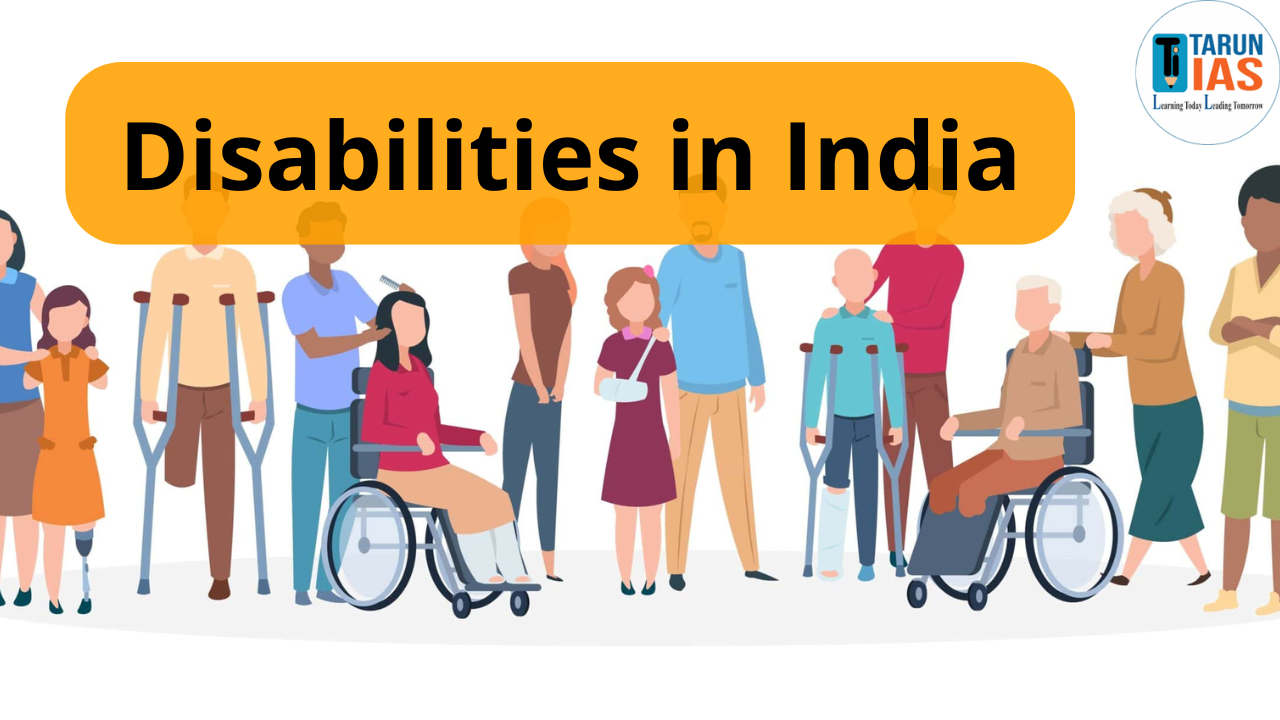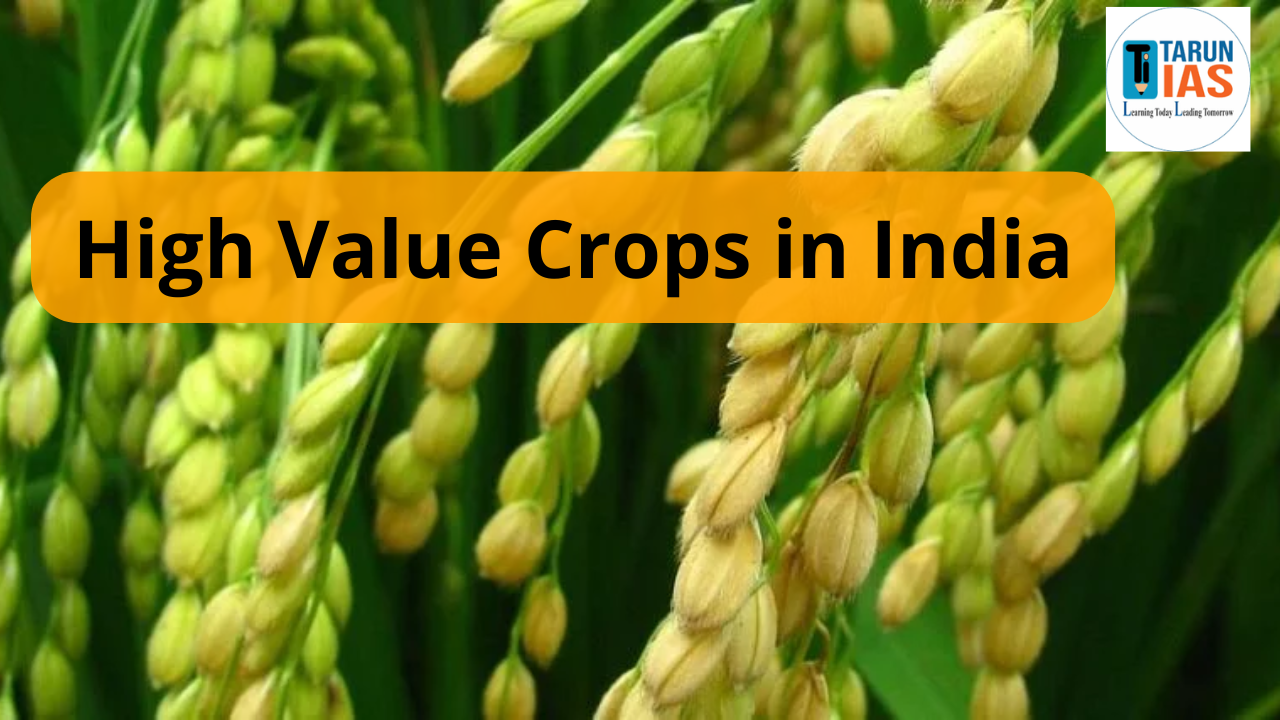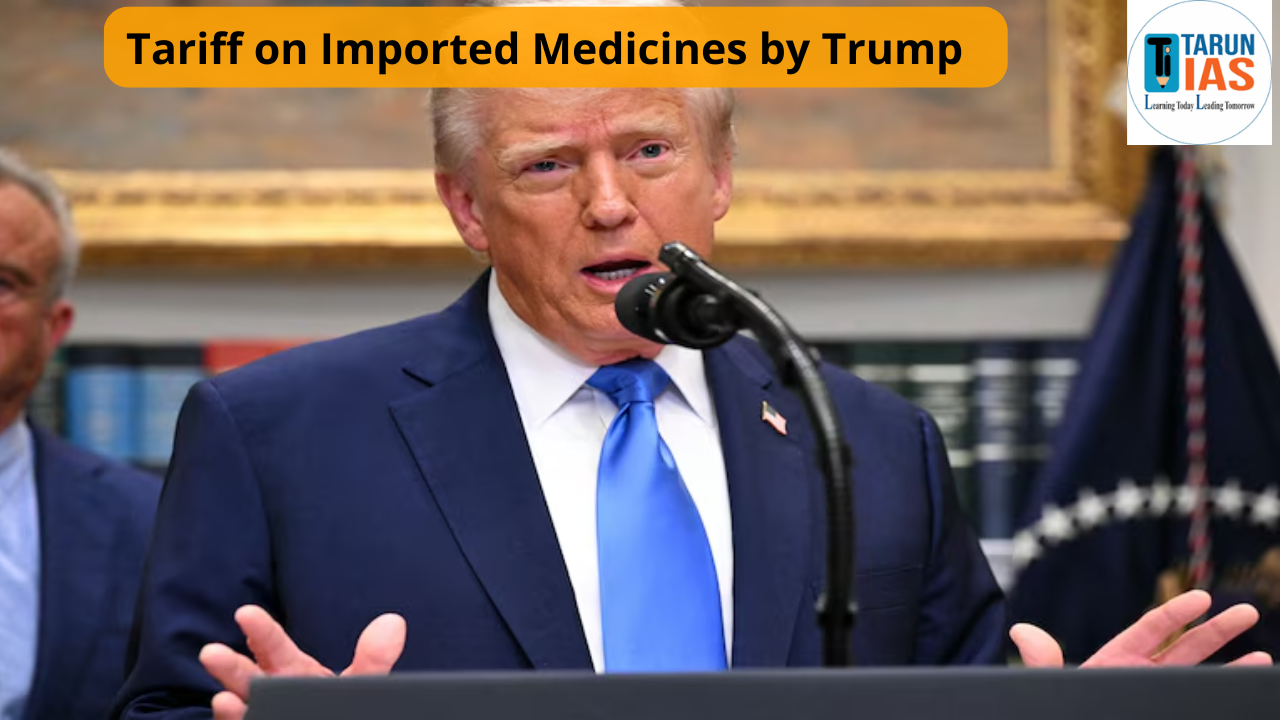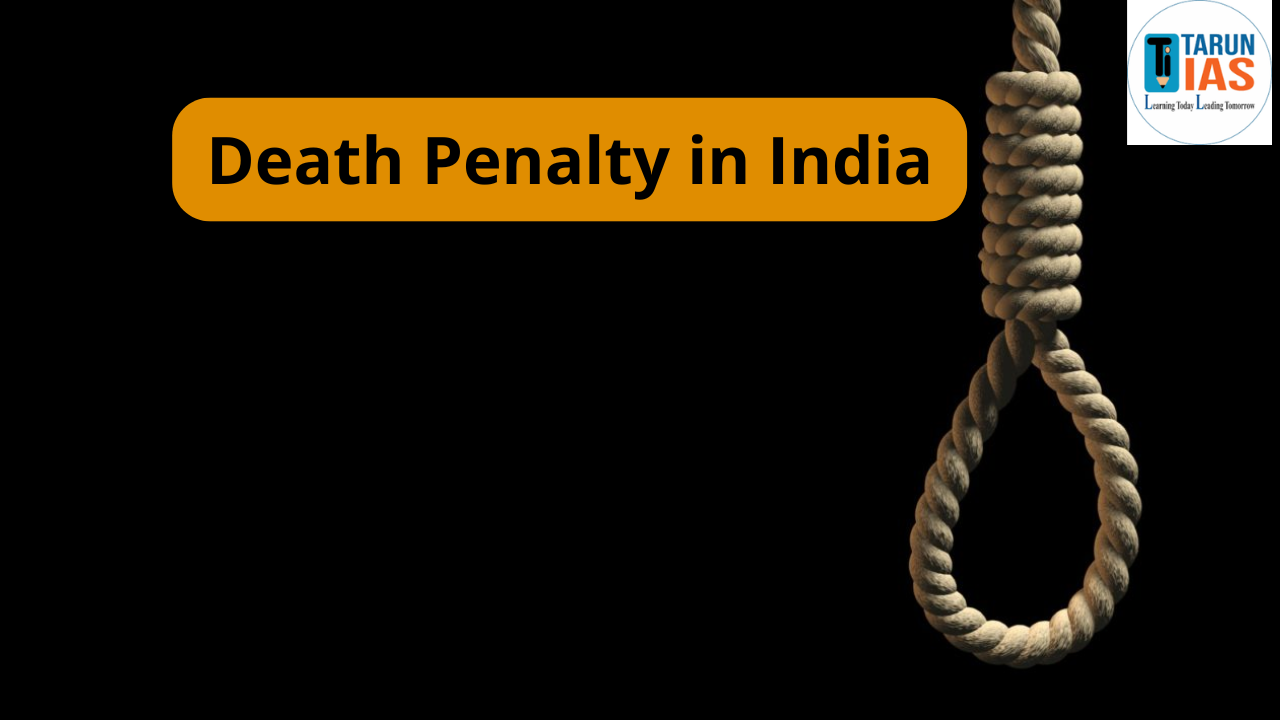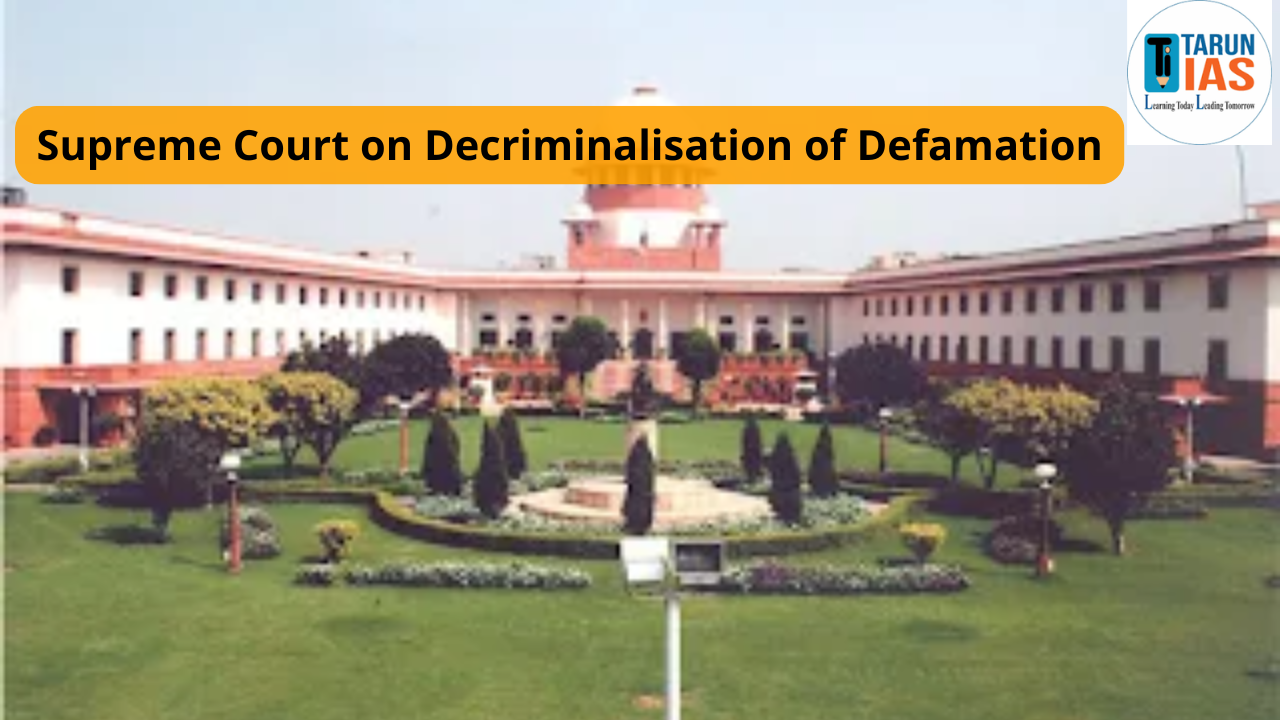Accessibility for Persons with Disabilities in India Introduction
- In a landmark move, the Supreme Court of India recently directed the Union government to create binding rules to ensure accessibility for persons with disabilities (PwDs) in public spaces and services.
- The ruling recognizes accessibility as a fundamental right under the Rights of Persons with Disabilities (RPwD) Act, 2016 and reinforces India’s obligations as a signatory to the United Nations Convention on the Rights of Persons with Disabilities (UNCRPD).
- This decision sheds light on the challenges faced by PwDs and the need for a more inclusive society.
Who Are Persons with Disabilities?
- As per the UNCRPD, persons with disabilities are individuals with long-term physical, mental, intellectual, or sensory impairments that restrict their ability to participate in society on equal terms.
- India’s commitment to accessibility stems from Article 9 of the UNCRPD, which mandates equal access to physical spaces, transportation, and services.
- Rights of Persons with Disabilities Act, 2016: India’s RPwD Act, 2016, aligns with this definition and adds the term “benchmark disability,” which refers to individuals with at least 40% of a specified disability.
- This Act sets accessibility standards for public spaces and digital platforms.
- The Act increased reservation for PwDs from 3% to 4% in jobs and 3% to 5% in higher education.
- The RPwD Act expanded the list of disabilities from 7 to 21 categories, including conditions like:
- Autism spectrum disorders.
- Acid attack survivors.
- Multiple sclerosis and chronic neurological conditions.
- The Act also empowers the Union government to include additional categories of disabilities as needed.
Status of Persons with Disabilities in India
- Population Data: According to the 2011 Census, India is home to 26.8 million persons with disabilities, constituting 2.21% of the total population. Among them:
- 14.9 million are men (2.41% of male population).
- 11.9 million are women (2.01% of female population).
- Rural areas account for 69% of the disabled population.
- Age and Disability Distribution:
- The highest prevalence of disability is observed in the 10–19 age group (46.2 lakh individuals).
- Among PwDs:
- 20% have mobility impairments.
- 19% have visual disabilities.
- 19% face hearing impairments.
- 8% suffer from multiple disabilities.
Constitutional Provisions for Persons with Disabilities
- Preamble:
- The Preamble of the Indian Constitution emphasizes securing social, economic, and political justice, along with equality of status and opportunity for all citizens, including persons with disabilities.
- Fundamental Rights:
- Fundamental rights ensure the dignity of the individual and are fully applicable to persons with disabilities.
- Directive Principles of State Policy:
- Article 41: Calls on the State to provide for the right to work, education, and public assistance in cases of disability, old age, or sickness.
- Article 46: Encourages the promotion of educational and economic interests for weaker sections and protection against exploitation.
- Schedules of the Constitution:
- Seventh Schedule: “Relief of the Disabled” is listed as a State Subject (Entry 9 in List II).
- Eleventh Schedule: Includes “Welfare of the Disabled and mentally retarded” as Item 26.
- Twelfth Schedule: Lists it as Item 9.
Legal Provisions for Persons with Disabilities
- The Mental Health Act, 2017:
- Replaced the Mental Health Act, 1987.
- Focuses on ensuring mental healthcare services and protecting the rights of individuals with mental illness.
- Rights of Persons with Disabilities (RPwD) Act, 2016:
- Replaced the Persons with Disabilities Act, 1995 and aligns with the UN Convention on the Rights of Persons with Disabilities (UNCRPD).
- Key highlights:
- Increased job reservation from 3% to 4% for persons with disabilities.
- Increased reservation in higher education from 3% to 5%.
- Mandates accessibility in public buildings within a prescribed timeframe.
- Rehabilitation Council of India Act, 1992:
- Established the Rehabilitation Council of India (RCI) to:
- Regulate and monitor rehabilitation services.
- Standardize training syllabi.
- Maintain a Central Rehabilitation Register of qualified professionals.
- Established the Rehabilitation Council of India (RCI) to:
- The National Trust Act, 1999:
- Created to support persons with autism, cerebral palsy, mental retardation, and multiple disabilities.
- Aims to enable independent living through:
- Protection measures for orphaned individuals.
- Procedures for appointing guardians/trustees.
- Promoting equal opportunities.
Welfare Programs for Persons with Disabilities
- Accessible India Campaign:
- Aims to create a barrier-free environment by targeting three areas:
- Built environment
- Transportation systems
- Information and communication technology (ICT)
- Aims to create a barrier-free environment by targeting three areas:
- Deendayal Disabled Rehabilitation Scheme (DDRS):
- Provides financial assistance to NGOs for rehabilitation projects.
- Strives to ensure equal opportunities, equity, and empowerment for persons with disabilities.
- Assistance to Disabled Persons for Purchase of Aids and Appliances (ADIP):
- Supports the provision of scientifically manufactured appliances for disabled persons.
- Implemented through NGOs, National Institutes, and Artificial Limbs Manufacturing Corporation of India (ALIMCO).
- Indian Sign Language Research and Training Centre:
- Promotes the use of sign language and develops expertise in this area.
- National Institute of Mental Health Rehabilitation (NIMHR):
- Focuses on building capacity for mental health rehabilitation.
- Develops community-based protocols for reintegrating persons with mental illness into society.
Highlights of the NALSAR Report
|
Supreme Court’s Recent Ruling
- The Supreme Court’s decision, based on a 2005 petition by Rajive Raturi, addresses gaps in accessibility standards and enforcement. Highlights of the ruling include:
- Mandatory Rules:
- Directed the government to frame enforceable, non-negotiable standards within three months.
- Declared Rule 15(1) of the RPwD Rules ultra vires, as it only provided recommendatory guidelines.
- Stakeholder Engagement:
- Instructed the government to consult organizations like NALSAR’s Centre for Disability Studies.
- Compliance and Penalties:
- Non-compliance will result in penalties, including withholding completion certificates and imposing fines.
Challenges Faced by Persons with Disabilities
- Social Barriers:
- Persistent discrimination and stereotypes hinder social and economic integration.
- Stigma leads to exclusion, loss of identity, and inhumane treatment.
- A study by the National Centre for Promotion of Employment for Disabled People (NCPEDP) revealed that many PwDs face exclusion in public spaces, further marginalizing them.
- Educational Barriers:
- Limited access to specialized schools, trained teachers, and learning resources prevents inclusive education.
- For instance, Sarva Shiksha Abhiyan reports indicate that less than 10% of children with disabilities are enrolled in mainstream schools.
- Healthcare Challenges:
- Lack of quality healthcare services further marginalizes PwDs, especially in rural areas.
- For example, a survey by CBM India Trust highlighted that over 60% of rural PwDs have to travel long distances for basic medical care.
- Employment Discrimination:
- Reluctance in hiring PwDs in the private sector results in financial dependence and lower economic participation.
- For example, a report by ILO India indicates that less than 1% of the workforce in private companies comprises PwDs, despite government incentives.
- Infrastructure Accessibility:
- Inadequate physical infrastructure and transportation systems restrict mobility.
- For example, only 3% of government buildings in India are fully accessible, as per the Accessible India Campaign’s 2021 audit.
- A study by Disability Rights India Foundation (DRIF) found that over 50% of public sector job reservations for PwDs remain unfilled.
- For example, the NALSAR report highlights that while Delhi has 3,775 accessible buses, Tamil Nadu has only 1,917 out of 21,669 buses designed for PwDs.
Addressing Stereotypes and Discrimination
- The Supreme Court also laid down guidelines to tackle stereotypes and marginalization:
- Respectful Language: Avoid terms like “cripple” or “spastic” that perpetuate negative perceptions.
- Accurate Representation: Involve PwDs in media creation to ensure dignified portrayals.
- Balancing Creative Freedom: While upholding artistic freedom, the Court prohibits content that stereotypes or mocks marginalized communities.
Way Forward
- Promoting Inclusion:
- Enhance opportunities for education, employment, and social participation.
- Encourage PwDs to take active roles in political and decision-making processes.
- Social Awareness:
- Combat stigma with campaigns promoting respect and inclusivity, using terms like “Divyangjan.”
- Policy and Budgetary Focus:
- Introduce disability-specific budgeting akin to gender budgeting to ensure targeted welfare measures.
- Preventive Measures:
- Expand programs like the Comprehensive Newborn Screening (CNS) to detect and manage disabilities early.
- Improving Accessibility:
- Develop disabled-friendly infrastructure, transportation, and digital platforms to ensure inclusivity.



